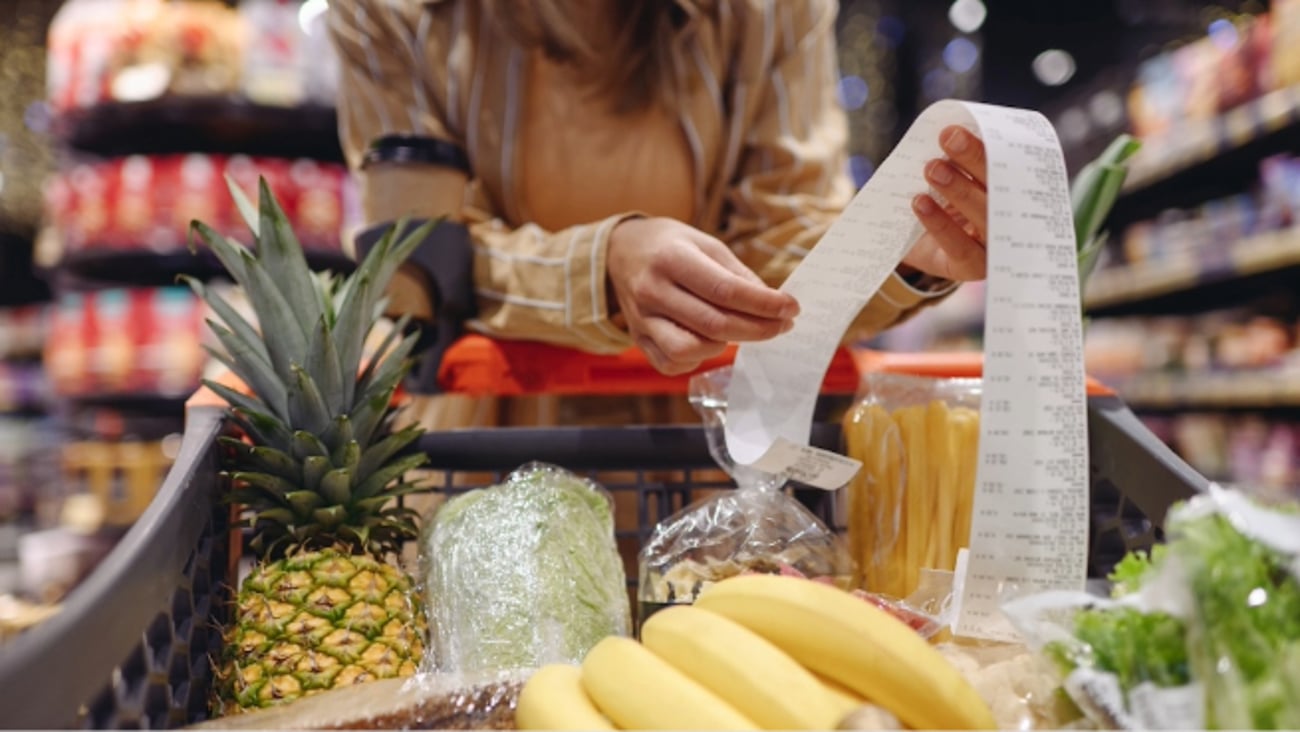Farming the Internet of Things
Information is power, and without data, it is impossible to operate a business -- any business.
At the tail end of 2016, Canadian agriculture received the news it had long been waiting for: the Canadian Radio-television and Telecommunications Commission (CRTC) declared that broadband internet access in Canada is now considered a basic telecommunications service for all.
CRTC intends to invest over $750 million to support this initiative. In spite of the lack of details contained in the announcement, in terms of future costs for Canadians and businesses, it spells good news for Canadian agriculture and consumers alike.
Lets face it: most Canadians take the Internet for granted. Being connected has become second nature for most of us. As an example, most knew the minute that George Michael or Carrie Fisher had passed on, even though it occurred during the holidays when many are not connected. You only need to experience a complete sense of disconnectedness once in order to really appreciate how important high-speed internet is to modern living. In remote areas, the internet can get choppy, simply due to high winds. Even precipitation can slow the internet down to a point where work becomes impossible.
The CRTC’s focus on broadband internet access comes at the right time.
In agriculture, things will get much more interesting as getting sound data in real time will play a significant part in most farming businesses. In an era in which Donald Trump’s most outlandish message on Twitter can move markets in seconds, farmers need the proper information tools in order to keep up.
Rurality, of course, makes closing distances a challenge, which in turn makes communication critical. Therefore, the need for better and more efficient communication through a reliable network becomes obvious. For meetings, sharing data and most important, for anticipating unpredictable effects like climate change, access to data underlies almost every business decision. Crop prices and futures are also key information points for farmers who want to make their operations more sustainable. The “Internet of Things” is an increasingly promising concept for a growing number of farmers, allowing them to anticipate the future before it happens.
With devices like wireless sensor networks, network-connected weather stations, high-tech cameras and smartphones, farmers can obtain an impressive amount of environmental and crop performance data, collected by field sensors and cameras, and accumulated by human observations, which have been recorded via mobile smart phone applications. Triangulating data is what it’s all about. Farmers can analyse the data they have, filter out worthless data and compute personalized crop recommendations for any specific farm and commodities. But without proper, affordable bandwidth, all of this can be at best a very painstaking process.
Farmers are no longer rustic laborers on tractors. If you have not been to a farm recently, you should know that things have changed. Given that Canada is losing farms at a yearly rate of 7% to 9%, agricultural operations have gotten larger - much larger - and smarter as well. With precision agriculture, resources are managed more sustainably, which lowers the carbon footprint of farms.
Adapting production input based on localized needs for each individual animal allows better use of resources to maintain the quality of the environment, while improving the sustainability of the food supply. This is what is happening already. What is not happening enough, however, is any systematic attempt to appreciate how more efficient Canadian farms could contribute meaningfully to global food systems, and increase profitability for the sector. Better internet capacity can only help in this regard.
Canadian consumers will also gain on many levels. First off, allowing rural Canada to connect with the rest of the world would help urbanites better understand agriculture. This could potentially be the most significant contribution from the CRTC’s decision.
Farmers will gain access to more data, but so could city dwellers. The great rural-urban divide could be narrowed, thus allowing citizens from both socio-economic segments of our nation to understand each other better. Over the last century or so, public discourse around how we support agriculture in Canada has mostly been fueled by misconceptions and confusion.
We have seen interest groups repeatedly use ignorance as a weapon to serve their constituents. Data-driven debates can only bring farmers closer to people’s kitchen tables. In other words, better virtual connectivity could potentially lead to better agrifood policies in Canada.
What is more, Canada has almost 200,000 farms, many of which are still hobby farms. With access to broadband internet service, it could become possible to operate small-scale farms more efficiently, thanks to better market access and perhaps in turn creating more variety for Canadians looking for locally grown products.
One day, expectations in grocery stores and in restaurants could be more aligned with how limiting agriculture can be at times. This is may be a pipedream, but if access to broadband internet service can only accomplish half of what it is capable of, Canada will gain. However, we can only hope this access is affordable for farmers to use.




